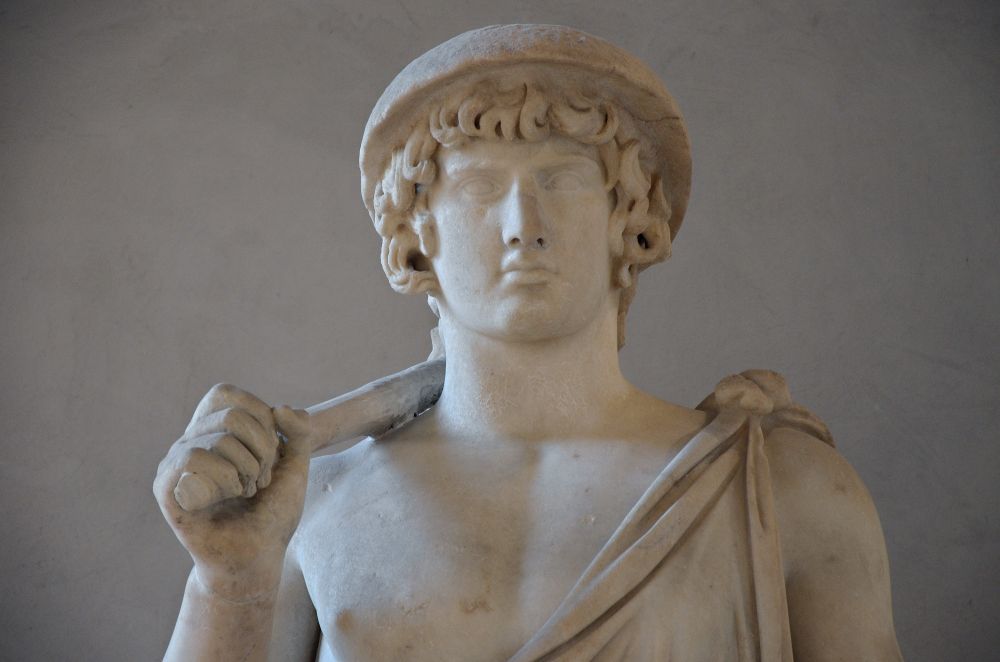Following Hadrian
@followinghadrian.bsky.social
3.6K followers
610 following
850 posts
Hadrianophile
"omnium curiositatum explorator"
#Hadrian1900
https://followinghadrian.com/
Posts
Media
Videos
Starter Packs


























































